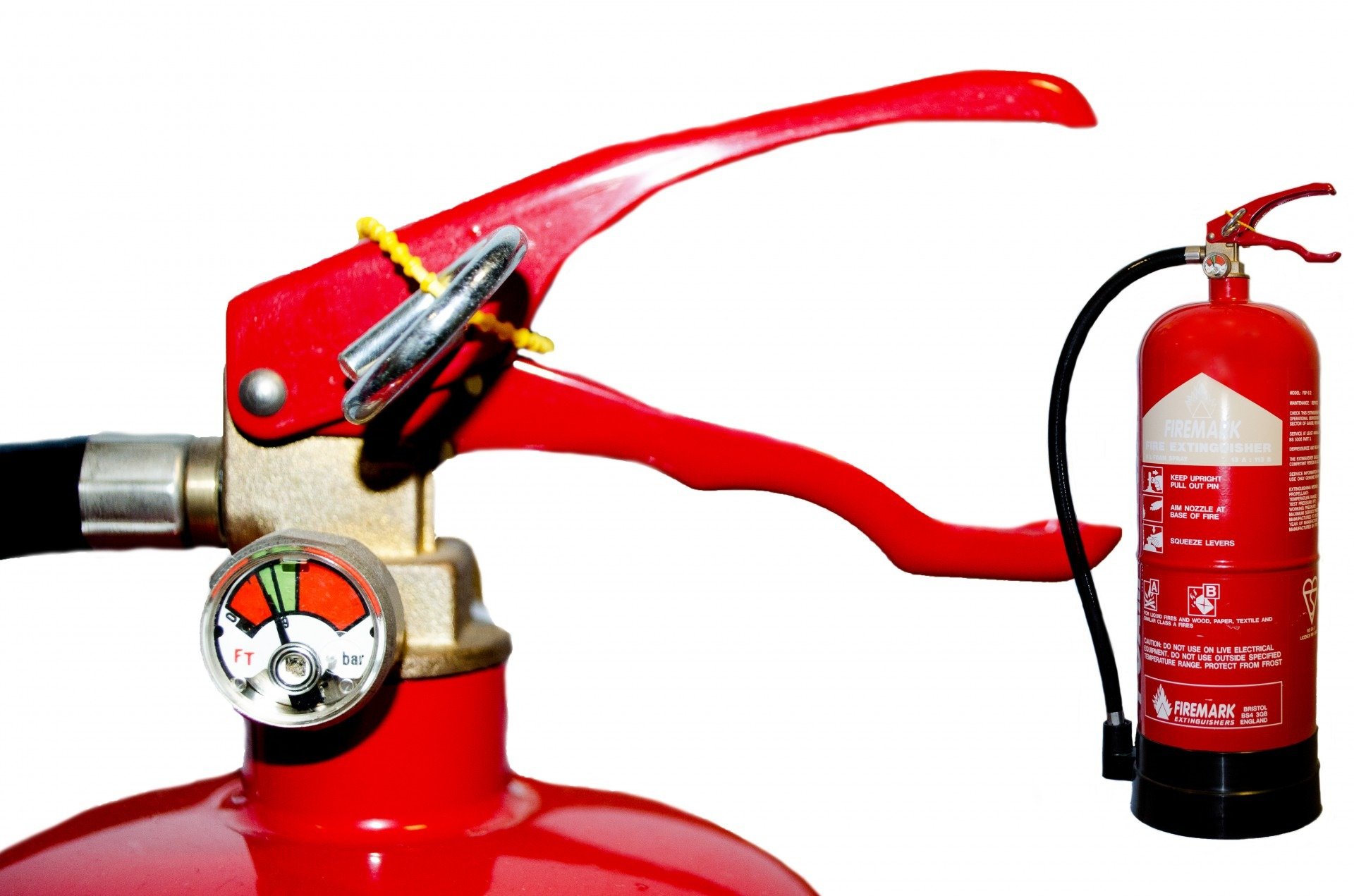
Portable Fire Extinguishers
Our expert team will examine your fire extinguisher and make needed refills to ensure that it is operational and ready to go if a fire does occur.
Portable Fire Extinguisher Inspections
Portable extinguishers age, even if they’ve never been used. If they’re to function well at the time of a fire, they must be inspected regularly. New Jersey requires external inspections every year and internal inspections every six years. We also conduct maintenance compliant with NFPA 10 and OSHA standards.
Fire Extinguisher Testing
Testing is a core part of the inspection process. We’ll conduct hydrostatic testing of your cylinders to make sure you don’t have any leaks or need repairs, then replace those that do. We’ll also test the pressure gauge, nozzle, tamper seal, and date.
Fire Extinguisher Installation
The NFPA 10 is one of the most important standards for portable extinguishers. It covers their installation, product quality, and placement. It also created a standard for extinguisher-to-device monitoring recently. More Group Fire Protection complies with all NFPA 10 standards by:
Installing extinguishers in accessible, visible places
Placing them along normal travel paths and exits
Choosing extinguishers that are appropriate for the hazards in each area
Please contact More Group Fire Protection via phone at 201-448-7271 or email at Info@moregroupfp.com in to request information on our fire protection services.

Our expert team will examine your fire extinguisher and make needed refills to ensure that is operational and ready to go if a fire does occur.
Types of Fuels & Fire Extinguishers
Fire extinguishers should be selected based on the fuel type, since different extinguishing agents are useful for different fires. Class A fires include general combustibles such as paper, wood, and plastics. Class B fires are flammable liquids; Class C fires involve energized electrical equipment such as transformers and motors. Class D fires include combustible metals, and Class K fires are fires started by cooking oils, kitchen grease, and fat.
When does a fire extinguisher need to be refilled?
After use: A used fire extinguisher leads to a drained extinguishing agent and pressure loss. Even if you didn't fully discharge the extinguisher, it could leak after use, leaving you without a proper tool in the event of a fire.
After damage: If your fire extinguisher has been damaged, a refill should be done. That way, you can be assured that your extinguisher is in proper operating condition.
After six years: The regular timeline for recharging your fire extinguisher is once every six years. The timeline guide pertains to extinguishers that haven't been operated and recharged. The refill will ensure that your extinguisher maintains pressure and keeps you safe.
Please contact More Group Fire Protection via phone at 201-448-7271 or email at Info@moregroupfp.com to request information on our fire protection services.

